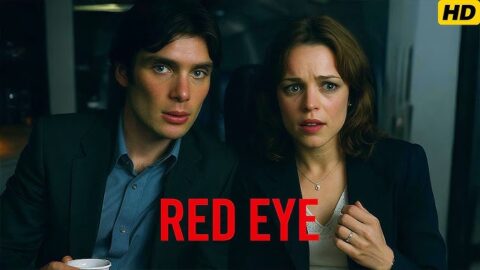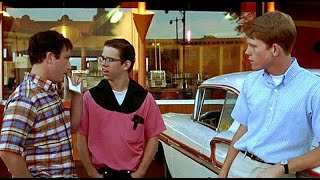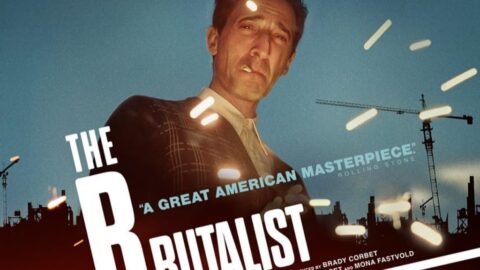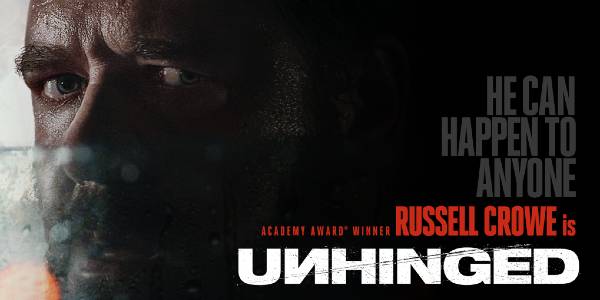Cry-Baby (1990) – Movie Review
Directed by cult filmmaker John Waters, Cry-Baby is a satirical musical comedy that playfully skewers 1950s teen culture, social divides, and rebellious romance. Released in 1990, this offbeat gem introduced audiences to a young Johnny Depp in one of his earliest starring roles—and what a memorable introduction it was.
Depp stars as Wade “Cry-Baby” Walker, the misunderstood leader of a group of teenage delinquents known as the Drapes. With a single tear drop and a leather jacket, Cry-Baby becomes the unlikely heartthrob of a segregated town where social lines between the clean-cut, conservative “Squares” and the wild, leather-clad Drapes are sharply drawn. When he falls for Allison (Amy Locane), a sweet and proper Square, their romance sparks chaos and comedy, drawing disapproval from both social camps.

John Waters, known for his campy, subversive style, brings his signature edge to Cry-Baby. Unlike more polished musicals, this film embraces its kitsch and celebrates it with gusto. It’s both a parody and a love letter to the teen rebel films of the ’50s, complete with exaggerated hairstyles, choreographed dance numbers, and earnest melodrama. The performances are knowingly over-the-top, adding to the charm and making it clear that Cry-Baby never takes itself too seriously.
Johnny Depp is magnetic as Cry-Baby, channeling James Dean energy with a wink. His brooding stare, greased hair, and rebellious swagger made him an instant teen icon, and his ability to lean into the absurdity of the role without losing the emotional core shows early signs of the quirky performances he’d later become famous for. Amy Locane plays Allison with innocence and conviction, giving her just enough edge to make her rebellion believable.
Supporting cast members add plenty of flavor to the world of Cry-Baby, including Ricki Lake as the sassy Pepper, Iggy Pop as Uncle Belvedere, and Traci Lords in a surprisingly fun turn as Wanda. The characters are caricatures but that’s the point. Waters uses their exaggeration to comment on conformity, rebellion, and the absurdity of social expectations.
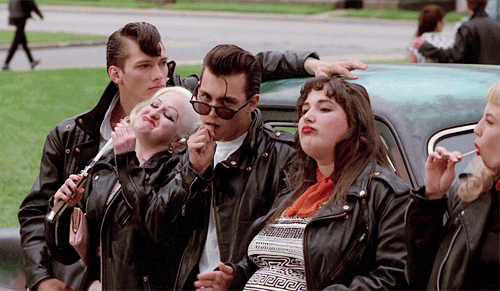
The musical numbers are energetic and infectious, drawing from rockabilly and early rock ’n’ roll. Songs like “King Cry-Baby” and “Teardrops Are Falling” are performed with theatrical flair, underscoring the film’s tongue-in-cheek tone. The set design, costumes, and color palette are vivid and nostalgic, helping immerse viewers in the heightened world Waters has created.
Cry-Baby isn’t for everyone it’s intentionally campy, irreverent, and occasionally crude. But for fans of musicals with an edge, and anyone who appreciates subversive cinema with style, it’s a fun, rebellious ride. It’s a film that pokes fun at genre clichés while embracing them, and that balancing act makes it all the more entertaining.
Over the years, Cry-Baby has gained cult status, proving that its unique blend of satire, style, and sincerity still resonates. It’s a reminder that being different isn’t a curse it’s what makes you cool.
Hope you enjoyed the read stay tuned for more movie reflections!
